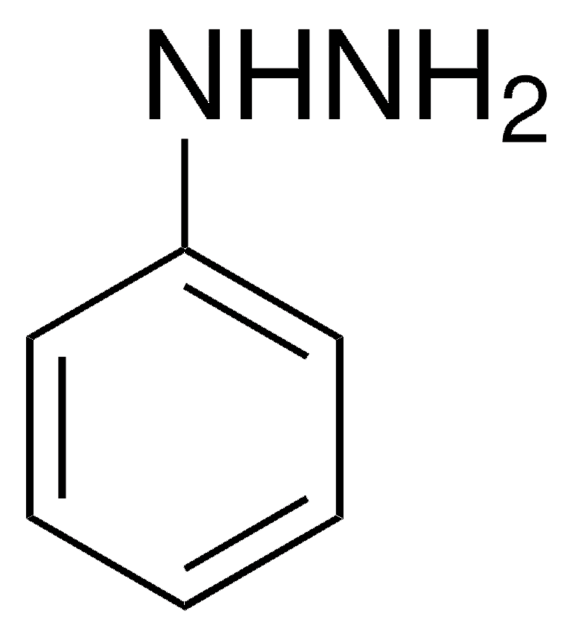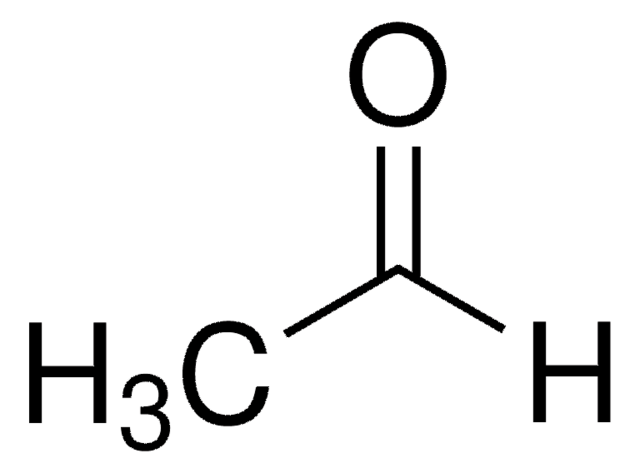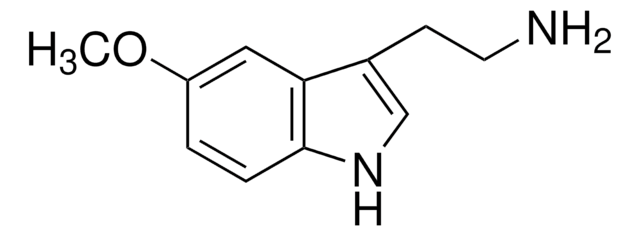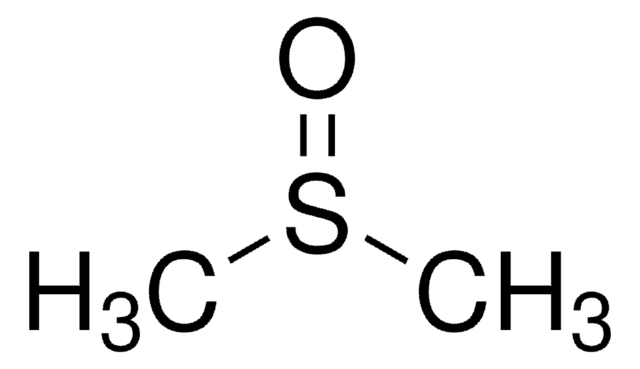129046
2,2,2-Trifluoroethylhydrazine solution
70 wt. % in H2O
Synonym(s):
Trifluoroethylhydrazine
Sign Into View Organizational & Contract Pricing
All Photos(1)
About This Item
Linear Formula:
CF3CH2NHNH2
CAS Number:
Molecular Weight:
114.07
MDL number:
UNSPSC Code:
12352100
PubChem Substance ID:
NACRES:
NA.22
Recommended Products
form
liquid
Quality Level
concentration
70 wt. % in H2O
refractive index
n20/D 1.361
transition temp
flash point 62 °C
density
1.294 g/mL at 25 °C
functional group
amine
fluoro
hydrazine
SMILES string
NNCC(F)(F)F
InChI
1S/C2H5F3N2/c3-2(4,5)1-7-6/h7H,1,6H2
InChI key
OPMFFAOEPFATTG-UHFFFAOYSA-N
Application
2,2,2-trifluoroethylhydrazine was added to myoglobin to study its interaction with heme protein. It was also used to determine aldehydes and acetone simultaneously in water.
Building block for fluorinated pyridazines and fluoroalkyl hydrazones of β-phosphonates.
accessory
Product No.
Description
Pricing
Signal Word
Warning
Hazard Statements
Precautionary Statements
Hazard Classifications
Acute Tox. 4 Dermal - Acute Tox. 4 Inhalation - Acute Tox. 4 Oral
Storage Class Code
10 - Combustible liquids
WGK
WGK 3
Flash Point(F)
143.6 °F
Flash Point(C)
62 °C
Personal Protective Equipment
dust mask type N95 (US), Eyeshields, Gloves
Choose from one of the most recent versions:
Already Own This Product?
Find documentation for the products that you have recently purchased in the Document Library.
Hyun-Hee Lim et al.
Journal of chromatographic science, 55(2), 109-116 (2016-11-02)
As the popularity of body art including tattoo ink has increased, the safety associated with it has become an important interest. In this study, twenty volatile organic compounds (VOCs) and two aldehydes in tattoo inks were identified and quantified. Headspace
Journal of Fluorine Chemistry, 121, 177-177 (2003)
Y S Choe et al.
The Journal of biological chemistry, 266(13), 8523-8530 (1991-05-05)
The oxidative reaction of equine myoglobin with alkylhydrazines results primarily in introduction of the alkyl group at the sterically hindered gamma-meso position. The gamma-meso adducts formed with ethyl- and n-butylhydrazine have been isolated and unambiguously identified. With high pressure liquid
Synthetic Communications, 36, 2719-2719 (2006)
Karolina C Hernandes et al.
Food additives & contaminants. Part A, Chemistry, analysis, control, exposure & risk assessment, 36(12), 1808-1821 (2019-10-10)
Compounds with toxic potential may occur in beer, such as carbonyl compounds (acetaldehyde, acrolein, ethyl carbamate [EC] and formaldehyde) and furan derivatives [furfural and furfuryl alcohol (FA)]. The objective of this study was, for the first time, to validate a
Our team of scientists has experience in all areas of research including Life Science, Material Science, Chemical Synthesis, Chromatography, Analytical and many others.
Contact Technical Service








